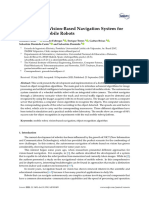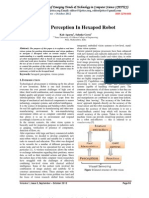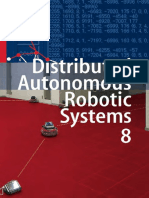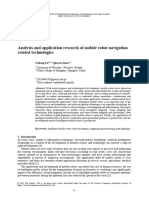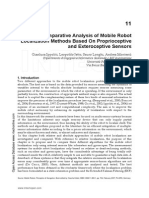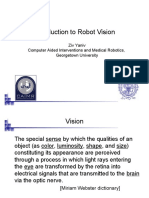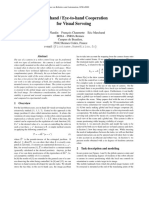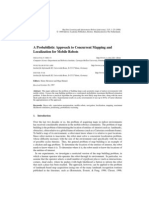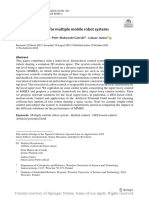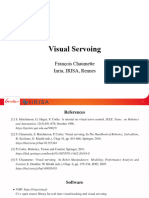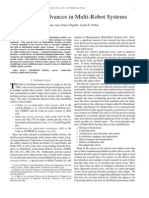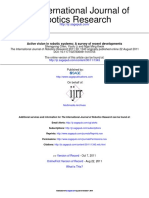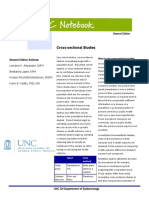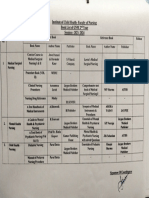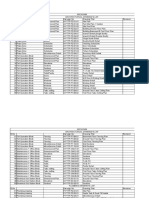0% found this document useful (0 votes)
93 views13 pagesEnrico Pagello: Intelligent Autonomous System Laboratory (IAS-Lab) University of Padua, Italy
The document summarizes lectures on perception and sensor fusion in mobile robotics given by Enrico Pagello. The lectures introduce multi-robot systems and discuss developing cooperative distributed vision systems, integrating vision agents on robots, introducing emergent behaviors through techniques like stigmergy, and addressing cooperation issues for multi-agent systems like task allocation. The lectures provide examples applying these concepts like using Monte Carlo localization with omnidirectional vision, an omnidirectional distributed vision system, and cooperation in a simulated robot soccer team through implicit communication.
Uploaded by
anon_864995Copyright
© Attribution Non-Commercial (BY-NC)
We take content rights seriously. If you suspect this is your content, claim it here.
Available Formats
Download as PDF, TXT or read online on Scribd
0% found this document useful (0 votes)
93 views13 pagesEnrico Pagello: Intelligent Autonomous System Laboratory (IAS-Lab) University of Padua, Italy
The document summarizes lectures on perception and sensor fusion in mobile robotics given by Enrico Pagello. The lectures introduce multi-robot systems and discuss developing cooperative distributed vision systems, integrating vision agents on robots, introducing emergent behaviors through techniques like stigmergy, and addressing cooperation issues for multi-agent systems like task allocation. The lectures provide examples applying these concepts like using Monte Carlo localization with omnidirectional vision, an omnidirectional distributed vision system, and cooperation in a simulated robot soccer team through implicit communication.
Uploaded by
anon_864995Copyright
© Attribution Non-Commercial (BY-NC)
We take content rights seriously. If you suspect this is your content, claim it here.
Available Formats
Download as PDF, TXT or read online on Scribd
/ 13
